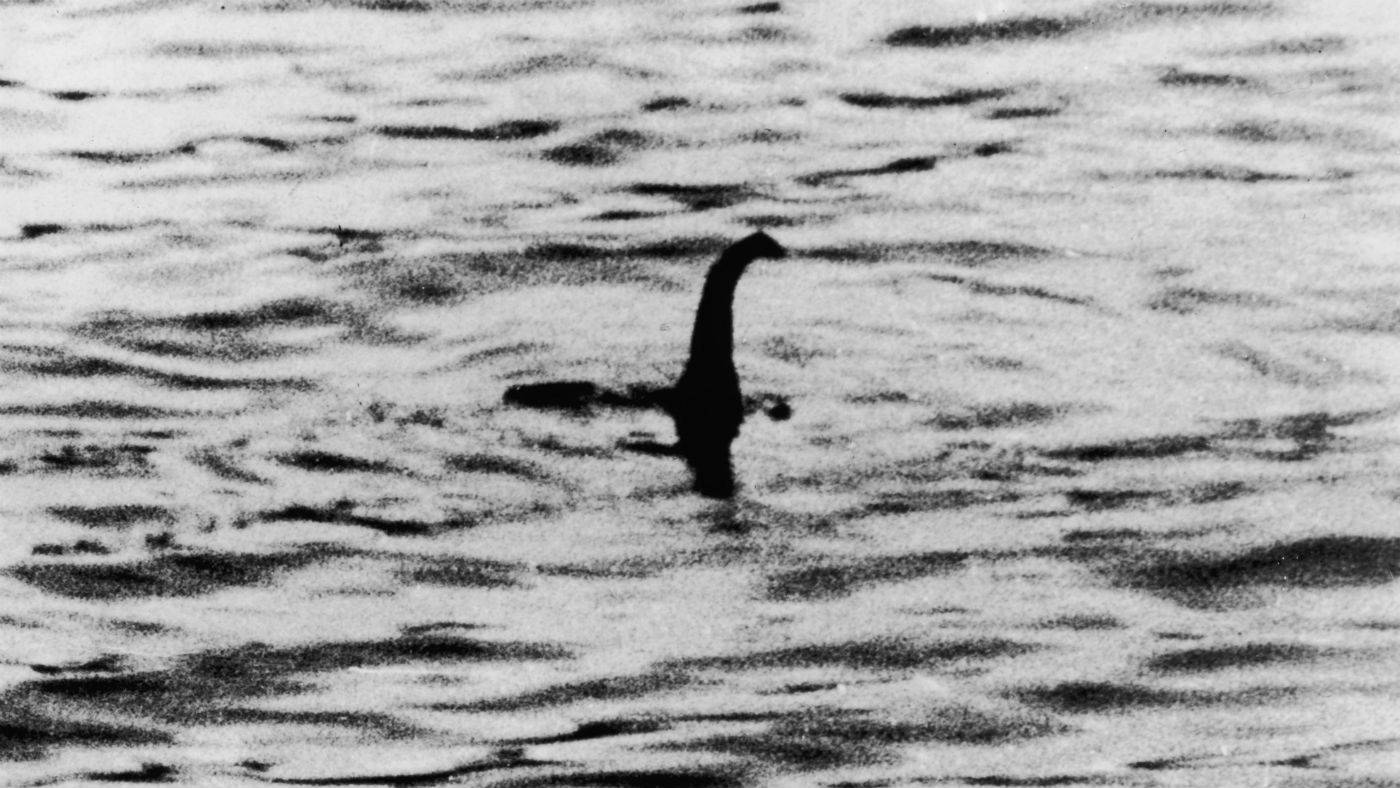New discovery makes Loch Ness Monster ‘plausible’
And other stories from the stranger side of life

The existence of the Loch Ness Monster is “plausible”, a British university has concluded. Scientists found fossils of small plesiosaurs – long-necked marine reptiles from the age of dinosaurs – in a 100-million-year-old river system in Morocco’s Sahara Desert. The finding suggests the reptiles may have lived in freshwater. Images and eyewitness accounts have suggested that the beast has a long neck and small head similar to a plesiosaur. However, said The Independent, sceptics have argued that plesiosaurs could not have lived in Loch Ness as they needed a saltwater environment.
Dogs ‘can understand intention’
Dogs may be able to understand our intentions, according to a new study. Researchers from the University of Veterinary Medicine in Vienna either fumbled and dropped dog treats or withheld them. They noted that the dogs appeared to recognise when they were being “clumsy” and when they were being “mean”, said The Times. “Our results… provide robust evidence that dogs distinguish between similar actions (leading to the same outcome) associated with different intentions,” said the team, which studied the responses of 96 dogs of various breeds and ages.
The Week
Escape your echo chamber. Get the facts behind the news, plus analysis from multiple perspectives.

Sign up for The Week's Free Newsletters
From our morning news briefing to a weekly Good News Newsletter, get the best of The Week delivered directly to your inbox.
From our morning news briefing to a weekly Good News Newsletter, get the best of The Week delivered directly to your inbox.
Hirst to burn his artworks
The artist Damien Hirst is to burn thousands of his paintings next month in a project focusing on art as currency. The Guardian said Hirst will destroy the artworks at his London gallery. Buyers were given the option of keeping NFTs or trading them in for the physical artwork. Those works which were not claimed in physical form will be burned on a daily basis from 9 September. Last year, Hirst said the project, titled The Currency, was an “interesting experiment”.
A free daily email with the biggest news stories of the day – and the best features from TheWeek.com
-
 Political cartoons for January 3
Political cartoons for January 3Cartoons Saturday's political cartoons include citizen journalists, self-reflective AI, and Donald Trump's transparency
-
 Into the Woods: a ‘hypnotic’ production
Into the Woods: a ‘hypnotic’ productionThe Week Recommends Jordan Fein’s revival of the much-loved Stephen Sondheim musical is ‘sharp, propulsive and often very funny’
-
 ‘Let 2026 be a year of reckoning’
‘Let 2026 be a year of reckoning’Instant Opinion Opinion, comment and editorials of the day
-
 How Bulgaria’s government fell amid mass protests
How Bulgaria’s government fell amid mass protestsThe Explainer The country’s prime minister resigned as part of the fallout
-
 Femicide: Italy’s newest crime
Femicide: Italy’s newest crimeThe Explainer Landmark law to criminalise murder of a woman as an ‘act of hatred’ or ‘subjugation’ but critics say Italy is still deeply patriarchal
-
 Brazil’s Bolsonaro behind bars after appeals run out
Brazil’s Bolsonaro behind bars after appeals run outSpeed Read He will serve 27 years in prison
-
 Americans traveling abroad face renewed criticism in the Trump era
Americans traveling abroad face renewed criticism in the Trump eraThe Explainer Some of Trump’s behavior has Americans being questioned
-
 Nigeria confused by Trump invasion threat
Nigeria confused by Trump invasion threatSpeed Read Trump has claimed the country is persecuting Christians
-
 Sanae Takaichi: Japan’s Iron Lady set to be the country’s first woman prime minister
Sanae Takaichi: Japan’s Iron Lady set to be the country’s first woman prime ministerIn the Spotlight Takaichi is a member of Japan’s conservative, nationalist Liberal Democratic Party
-
 Russia is ‘helping China’ prepare for an invasion of Taiwan
Russia is ‘helping China’ prepare for an invasion of TaiwanIn the Spotlight Russia is reportedly allowing China access to military training
-
 Interpol arrests hundreds in Africa-wide sextortion crackdown
Interpol arrests hundreds in Africa-wide sextortion crackdownIN THE SPOTLIGHT A series of stings disrupts major cybercrime operations as law enforcement estimates millions in losses from schemes designed to prey on lonely users